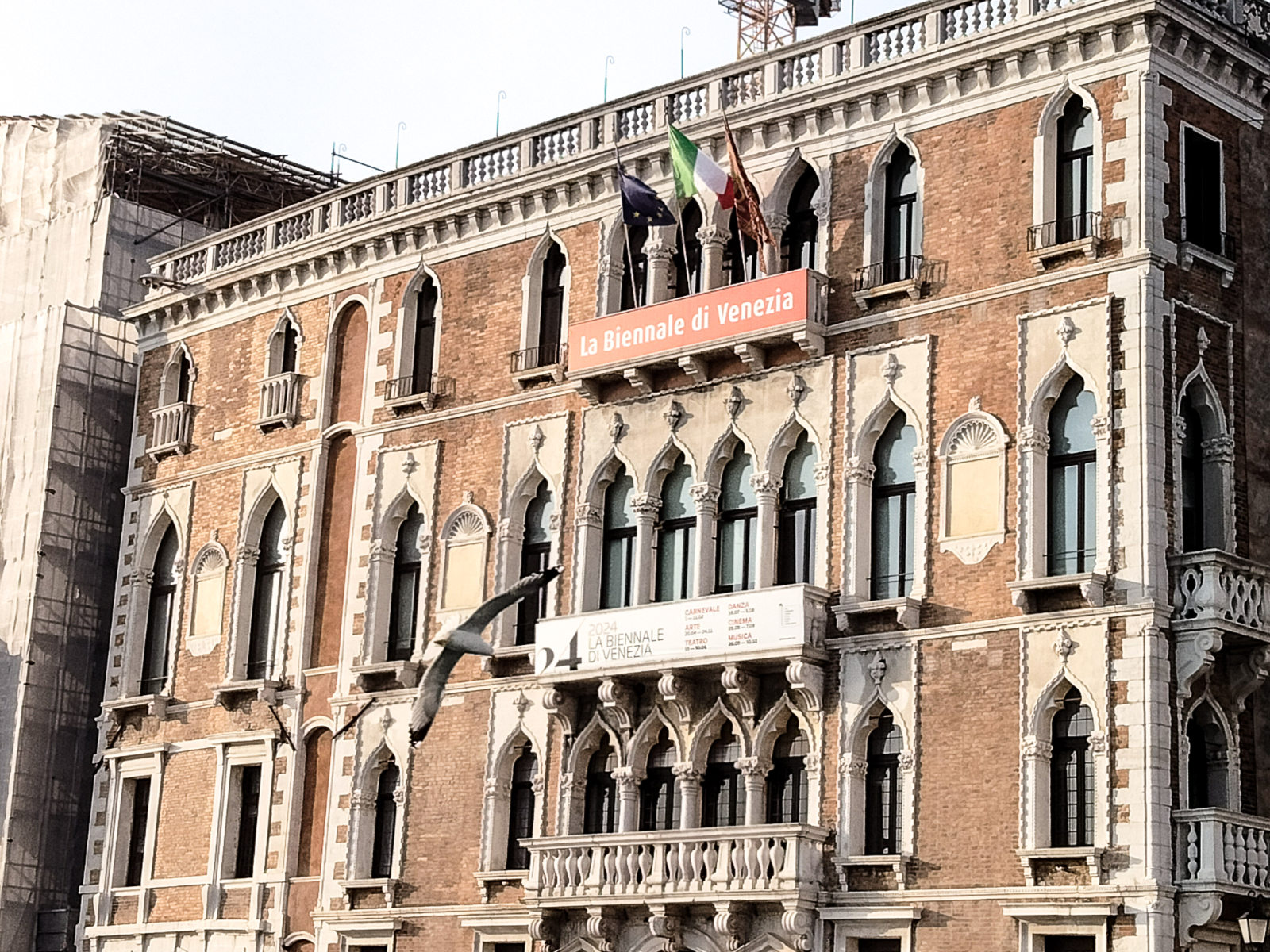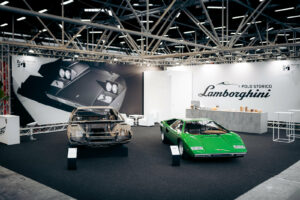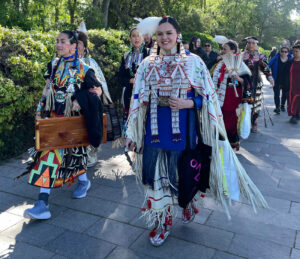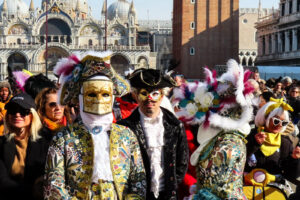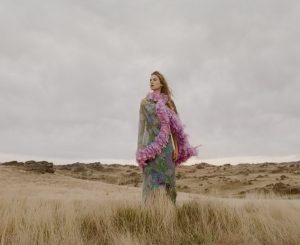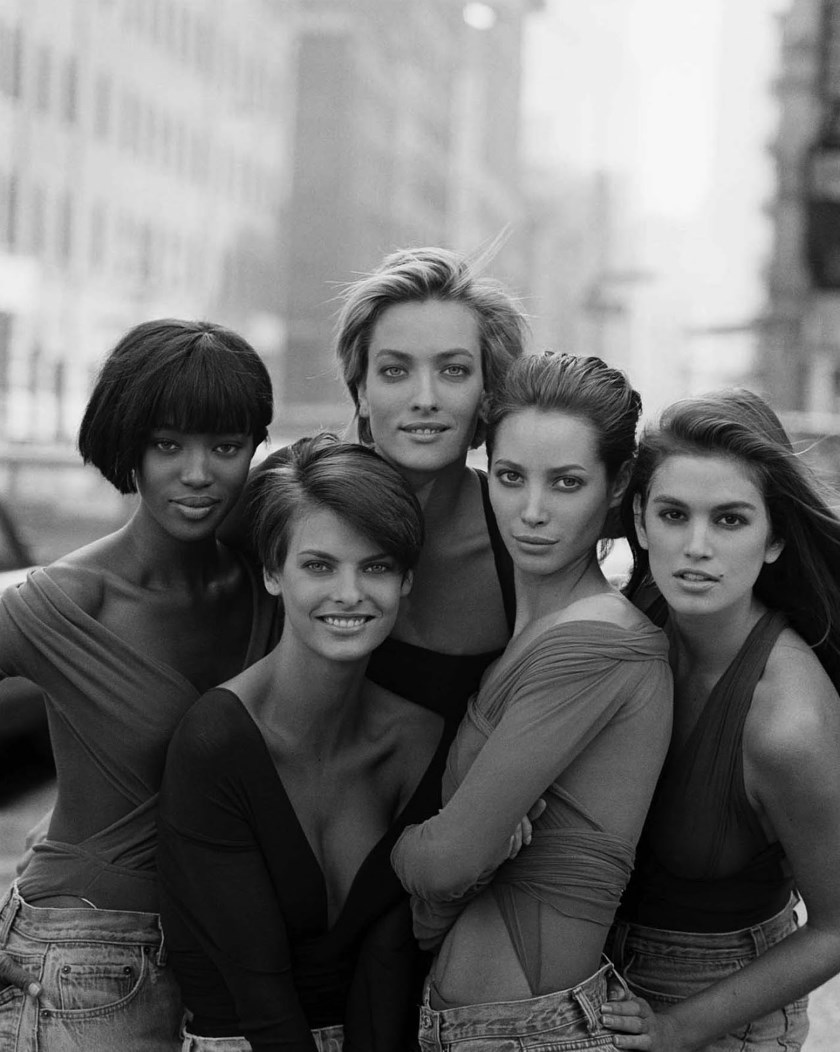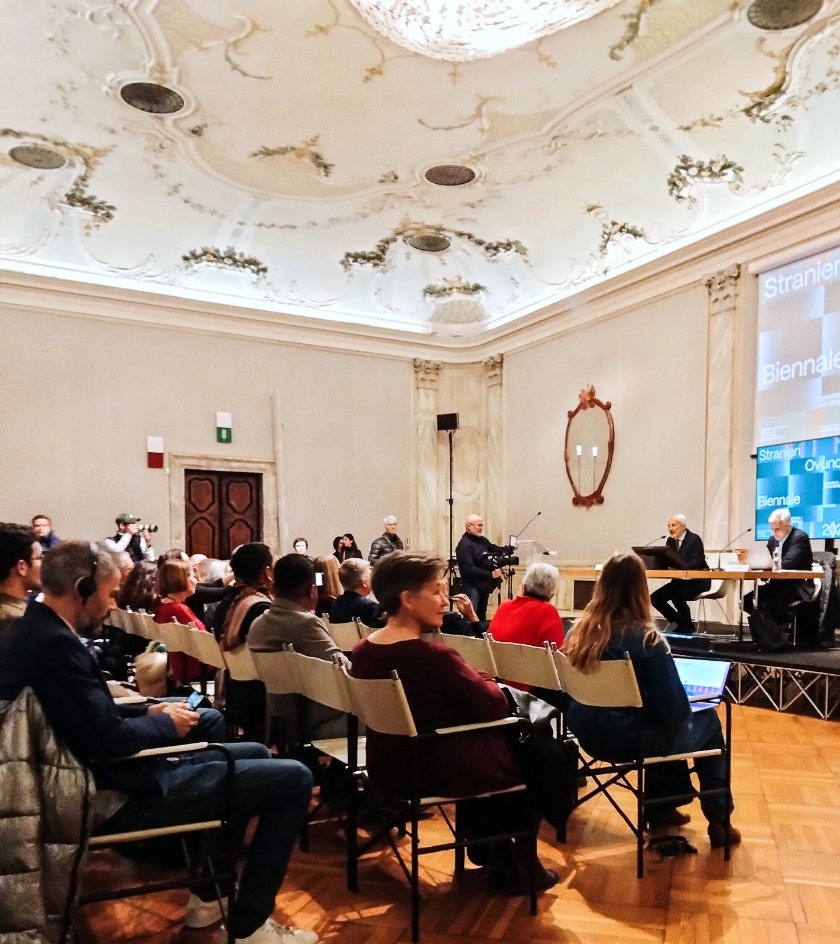
Paula Sweet
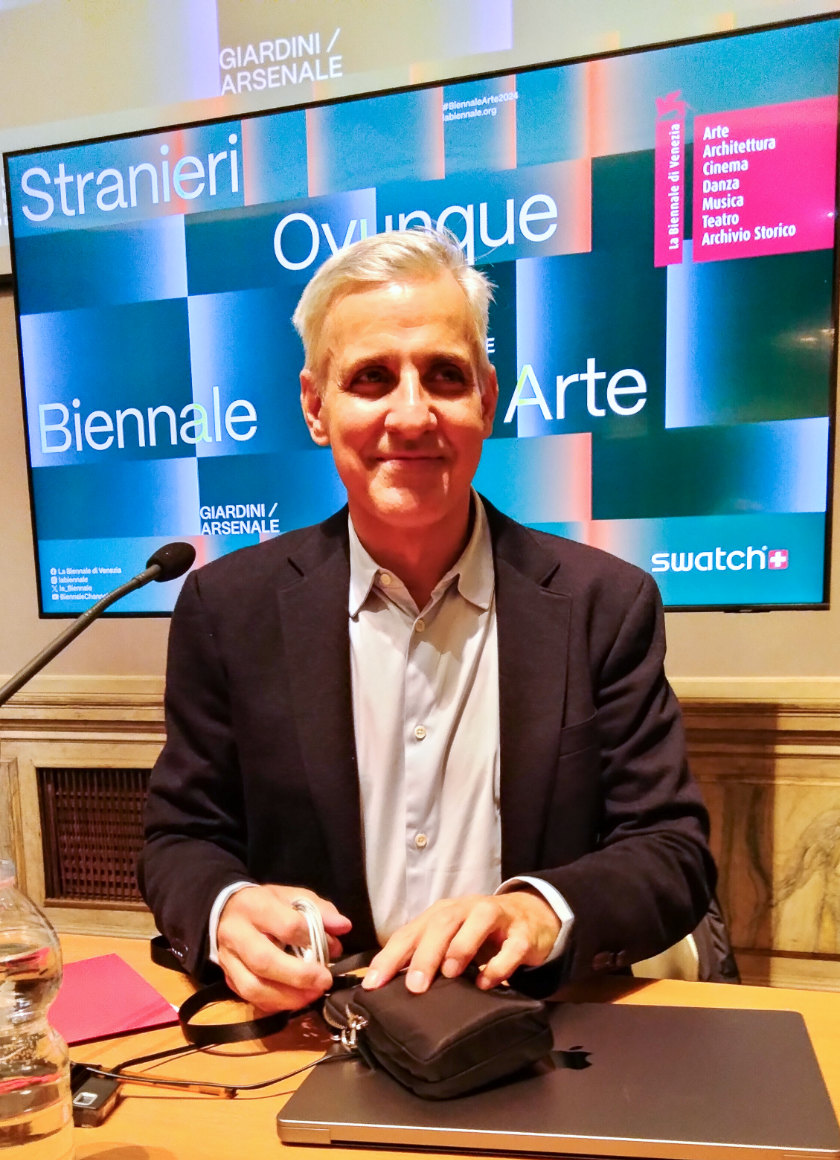
Header photo: Ca’ Giustinian, headquarters of the Biennale. Above, from top: The Biennale press conference. Adriano Pedrosa. Inset, below: Roberto Cicutto and Adriano Pedrosa.
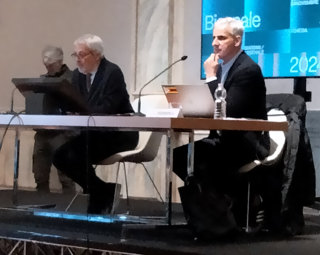
Stranieri Ovunque—Foreigners Everywhere, the 60th international art exhibition produced by la Biennale di Venezia, will be open to the public from Saturday, April 20 to Sunday, November 24, 2024, at the Giardini and the Arsenale. Curated by Adriano Pedrosa, visitors will discover a constellation of themes circulating around the idea of the stranger, among them tradition and transmission, relevance to the Global South, decolonization, and the historical debt owed to indigenous artists.
Yesterday’s press conference occurred in Ca’ Giustinian, just off San Marco Square, where la Biennale di Venezia is headquartered. Roberto Cicutto, President of la Biennale di Venezia introduced Adriano Pedrosa, curator of the 60th international art exhibition, who then delivered expansive and illuminating remarks on the forthcoming show, which features over 400 global artists.
Indigenous artists will have an emblematic presence in the 2024 Biennale, with works on display in the Central Pavilion. A monumental mural will be created by the Brazilian collective Mahku on the building façade. In the Corderie, the Maataho collective from Aotearoa New Zealand will present a large installation in the first room. Māori artists Selwyn Wilson and Sandy Adsett will represent Aotearoa. The Biennale with have a concurrent Applied Arts in collaboration with the V&A, London. National pavilions on site operate autonomously from the main Biennale, choosing their own themes and artists.
Mr Pedrosa’s remarks were accompanied by slides. A particularly powerful image was Refugee Astronaut by Yinka Shonibare, which seemed to encapsulate the dilemmas contained in the Biennale’s theme. Following his presentation, questions were invited from the press.
The first question posed regarded the Israel–Hamas war, and would it be part of the official brief? Mr Pedrosa said that while it was not a part of the official statement, the Biennale operates from a privileged framework which will no doubt enable some engagement with the issues of the war. The next questioner observed that most Biennales featured more young artists; this Biennale has many mid-career and late career artists, brings in some 20th-century artists, and showcases some working teams from the same family. Mr Pedrosa said he hoped the Biennale’s temporal arch spanned a range of creative imperatives. A final question came from a new arrival, asking to network with other first-time exhibitors.
Stanley Moss is travel editor of Lucire.
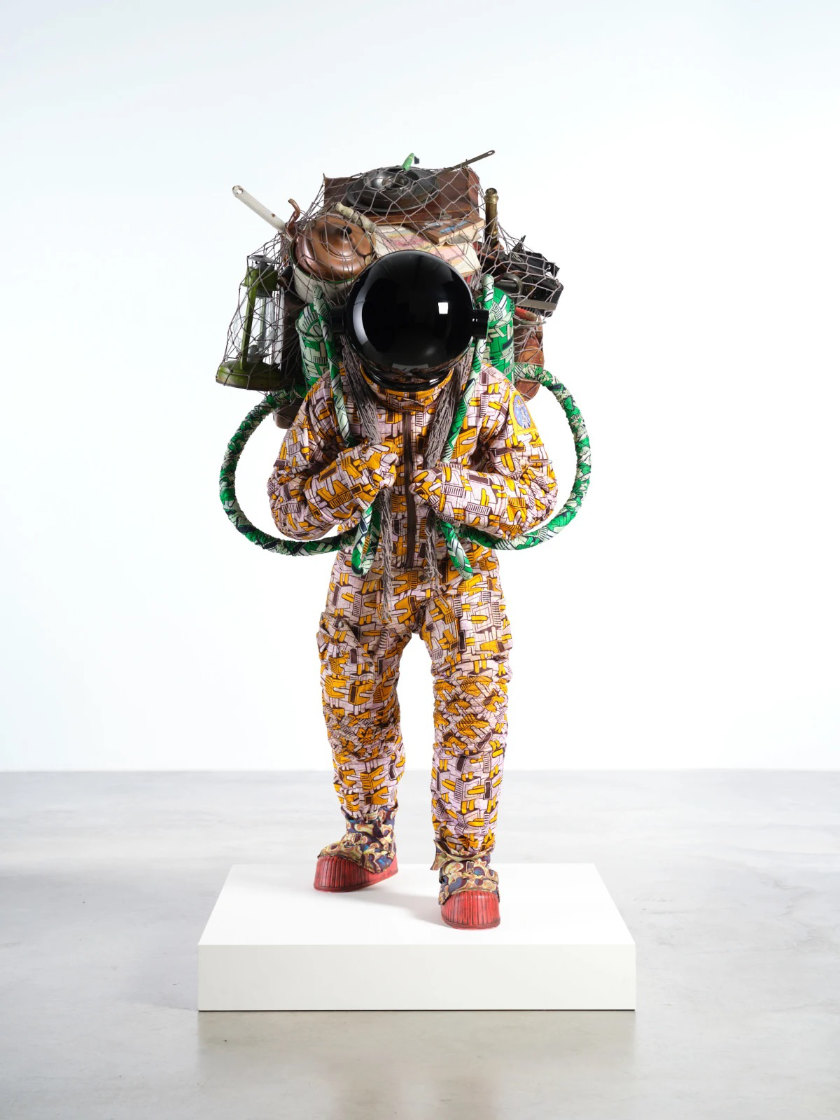
Above: Refugee Astronaut, by Yinka Shonibare.

